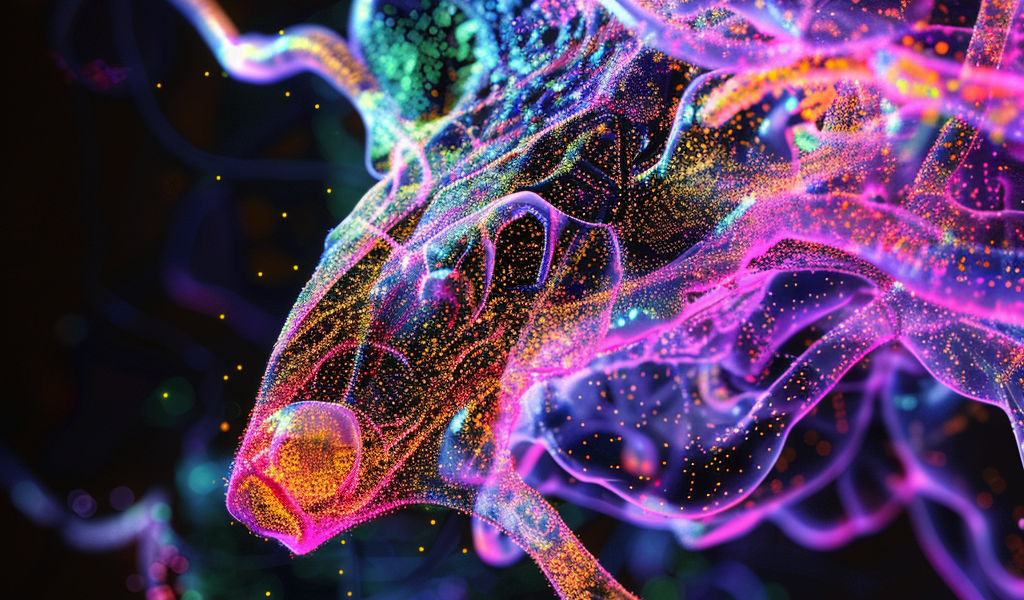Researchers at Kyushu University have made a groundbreaking discovery in neuroscience with the development of QDyeFinder, an artificial intelligence (AI) tool that has the potential to revolutionize neuron mapping in the brain. This innovative technology utilizes advanced color-coding and machine-learning algorithms to unravel the intricate networks of neurons, bringing scientists one step closer to understanding the complexities of the human brain.
The human brain, with its billions of densely packed neurons and trillions of connections, remains one of the most enigmatic and intricate systems in existence. To comprehend the inner workings of the brain, researchers must be able to map out neurons and analyze their interconnections. This task has long been a formidable challenge in the field of neuroscience.
Published in Nature Communications, the study showcases the capabilities of QDyeFinder in automatically identifying and reconstructing individual neurons from images of the mouse brain. By employing a super-multicolor labeling technique, the AI tool can accurately discern the structure of neurons by matching specific color combinations.
Professor Takeshi Imai, from the Graduate School of Medical Sciences at Kyushu University and the lead researcher of the study, highlights the significance of this technological advancement. He explains, “Mapping the brain and its intricate connections has been a major hurdle in neuroscience. The densely packed nature of neurons makes it extremely challenging to differentiate individual cells and trace their axons and dendrites, the crucial components responsible for information exchange between neurons. The minute dimensions of these structures, which are about a micrometer thick, pose a significant obstacle to traditional mapping methods.”
Traditionally, researchers have relied on fluorescent proteins of specific colors to label neurons and facilitate their identification. However, the manual tracing and reconstruction of neurons have been laborious and time-consuming processes. With the introduction of QDyeFinder, the task of neuron mapping is streamlined and automated, offering a more efficient and accurate solution to this intricate puzzle.
The successful implementation of QDyeFinder marks a significant milestone in the field of neuroscience, opening up new possibilities for studying the complexities of the brain and advancing our understanding of neurological disorders. This AI tool not only enhances our ability to map neurons but also paves the way for broader applications in the realm of biology, promising exciting prospects for future research endeavors.





